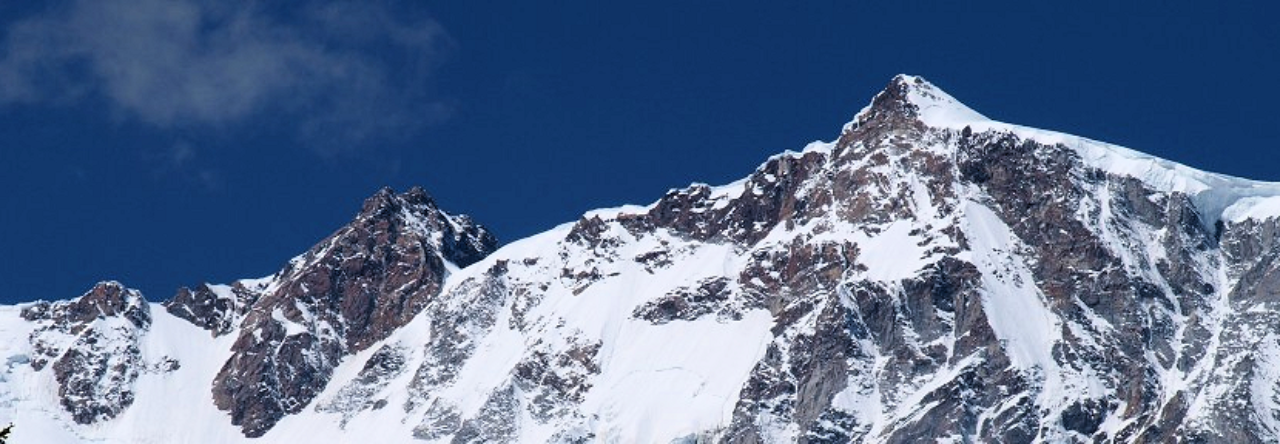160m experiments winter 2017-18
During Winter at near sunspot minimum in late November and early December 2017, and again in January and February 2018, I tried FT8 out on top band (160 m) using my horizontal delta loop as a single fat long wire, fed against my ground system through an auto ATU. Antenna modelling software shows me that the antenna is not particularly efficient at this frequency so I used 60W PEP, for some 7 sessions for short periods around 9 PM on weekdays.
A simple results table ordered by distance:
| Locator | Country | km |
| JO21 | Belgium | 415 |
| JO21 | Netherlands | 415 |
| JO20 | Belgium | 434 |
| IO63 | Eire | 462 |
| IO85 | Scotland | 463 |
| JN49 | Germany | 740 |
| JN36 | France | 805 |
| JN47 | Switzerland | 847 |
| JO57 | Denmark | 1019 |
| J065 | Sweden | 1024 |
| JO72 | Poland | 1098 |
| JO59 | Norway | 1163 |
| JN77 | Austria | 1234 |
| JM19 | Baleric Isles | 1369 |
| JN87 | Austria | 1369 |
| JP53 | Norway | 1509 |
| JN70 | Italy | 1731 |
| KN17 | Hungary | 1780 |
| KO40 | Ukraine | 2087 |
| KN89 | Ukraine | 2666 |
Winter night-time propagation on 160m is by skywave so some simple geometry on these results shows that the take-off angle from my antenna is roughly 15 to 20 degrees for the longest distances and 50 to 60 degrees for the shorter distances based on a reflective layer height of 300 to 400km.
FT8 QSO’s don’t (as at Spring 2018) provide antenna or power data so meaningful comparison of signal strengths isn’t practical. However my reports ranged between -20dB and +7dB and those I gave were between -24dB and +12dB
All great fun and using PSK Reporter one can see where your signal is being received, in my case as far away as JA (Japan) but unfortunately I wasn’t able to work them.
